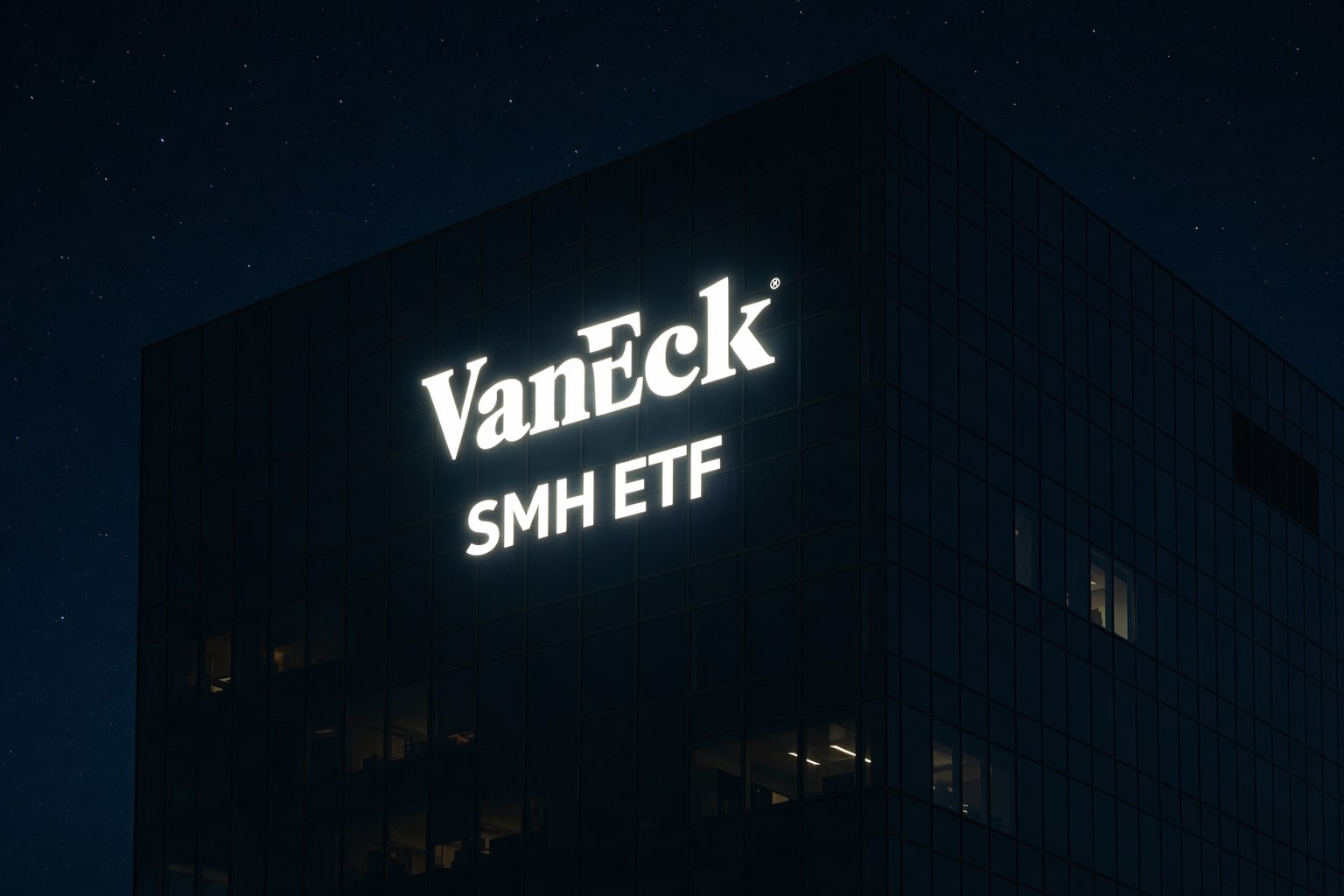
Intel Stock Price Forecast - INTC Ends Week at $39.99 After $4.1B Profit
After Friday’s close, Intel shares held near $40 following a record-breaking Q3 profit and renewed investor confidence | That's TradingNEWS
Intel (NASDAQ:INTC) Holds Firm After Friday Close as $4.1B Profit and AI Expansion Mark a Defining Quarter
Intel Corporation (NASDAQ:INTC) ended Friday’s session on November 1, 2025, at $39.99, slipping 0.35% after investors digested one of its strongest quarterly results in years. The chipmaker’s stock hovered just below its 52-week high of $42.47, maintaining an impressive 73% rally year-to-date despite the mild pullback. The calm trading session capped a week of intense market focus as Intel reported a $4.1 billion net profit, $0.23 EPS, and $13.65 billion in revenue, beating forecasts and underscoring a turnaround few believed possible just a year ago. The momentum follows massive cost restructuring, record U.S. government funding, and emerging AI dominance that are reshaping Intel’s long-term trajectory under CEO Lip-Bu Tan.
Profit Recovery Anchored by Record Government and Institutional Support
Intel’s financial rebound is no coincidence—it represents a disciplined structural recovery reinforced by fiscal and strategic partnerships. After years of steep losses and margin erosion, the company achieved a 124.4% year-over-year rise in net income and a sharp rebound from a $0.46 EPS loss in Q3 2024. Revenue rose 2.78%, while operating expenses plunged 19.7%, showcasing the impact of Tan’s deep cost-cutting initiatives. Intel’s EBITDA reached $3.87 billion, and its net margin expanded to 29.76%, one of its highest in a decade.
Fueling this resurgence was the $8.9 billion U.S. government funding package under the Trump Administration’s domestic semiconductor initiative. Intel received $5.7 billion during the quarter, directly accelerating its manufacturing expansion and AI foundry investments. Together with fresh capital inflows from SoftBank and NVIDIA, Intel’s cash reserves climbed to $30.9 billion, while total debt declined to $46.6 billion. This liquidity resurgence—Intel’s strongest balance sheet since 2018—has empowered the company to invest aggressively in 18A chip production and to expand its foundry network across the United States and Europe.
AI Expansion and the Strategic Bid for SambaNova Systems
The turning point in Intel’s future may come from its push into artificial intelligence. Intel is now in advanced talks to acquire SambaNova Systems, an AI chip startup specializing in large-scale neural processors. Once valued at $5 billion, SambaNova is expected to sell at a lower valuation under current market conditions, giving Intel a rare opportunity to acquire proven AI expertise at a discount.
This acquisition would not be just symbolic—it’s deeply personal. CEO Lip-Bu Tan previously served as SambaNova’s chairman, and his long-standing involvement gives Intel direct access to the startup’s custom chip architectures and deep-learning software stack. These assets could close Intel’s performance gap with NVIDIA, particularly in high-efficiency AI inference workloads. The move is also designed to complement Intel’s ongoing partnerships with NVIDIA on next-generation x86-based AI chips, creating a hybrid hardware ecosystem that leverages Intel’s massive manufacturing capacity with NVIDIA’s model optimization expertise.
Simultaneously, Intel is preparing a comeback in discrete graphics. Development files have revealed multiple configurations of its Battlemage GPU family, confirming models with up to 16GB of VRAM and both professional and consumer variants. With the Arc B770 GPU expected in 2026, Intel is signaling that it intends to reclaim a meaningful share of the GPU market after years of setbacks.
The 18A Manufacturing Node: Intel’s Road Back to Leadership
The 18A node lies at the center of Intel’s technological rebirth. This process introduces backside power delivery and ribbonFET transistors, giving Intel a competitive edge in energy efficiency and scaling. After years of delays, the 18A platform has finally reached production readiness, with early yields stabilizing and output expanding across fabs in Arizona and Ireland.
While Intel’s foundry division still reported margin pressure—with past quarters showing –55% segment losses—recent data suggest improvement. CFO David Zinsner confirmed that “yields are now adequate to address supply, but not yet ideal for margins.” Still, the direction is positive. The 18A process will underpin at least three major generations of chips, including Panther Lake, Nova Lake, and Clearwater Rapids, establishing continuity through 2027. This stability, combined with U.S. government investment under the CHIPS Act, secures Intel’s position as the only advanced U.S. logic chip manufacturer, a geopolitical advantage unmatched by any peer.
PC and Data Center Segments Signal Sustained Strength
Intel’s Client Computing Group posted $8.5 billion in revenue, up 5% year-over-year, marking its best growth since 2021. The driver was the Windows 11 upgrade wave and the introduction of AI-enabled PC architectures like Lunar Lake and Arrow Lake. Demand continues to strengthen as global PC shipments rebound toward 290 million units, up from 245 million last year.
Meanwhile, the Data Center and AI segment generated $4.1 billion, slightly lower year-over-year but with a vastly improved operating margin of 23.4%, compared with 9.2% in 2024. New Granite Rapids processors have seen rapid adoption in AI and enterprise workloads. The main constraint now is production capacity, particularly on Intel 7 and Intel 10 nodes, which limited fulfillment in Q3. Intel has chosen to prioritize its high-margin server CPUs, accepting lower PC chip output in the short term to protect profitability.
This disciplined capacity management is paying off. Despite lingering constraints, both divisions have outperformed forecasts, indicating that Intel’s roadmap execution is regaining credibility with corporate clients and investors alike.
Read More
-
SMH ETF: NASDAQ:SMH Hovering at $350 With AI, NVDA and CHIPS Act Fueling the Next Move
16.12.2025 · TradingNEWS ArchiveStocks
-
XRP ETFs XRPI and XRPR: Can $1B Inflows Lift XRP-USD From $1.93 Back Toward $3.66?
16.12.2025 · TradingNEWS ArchiveCrypto
-
Natural Gas Price Forecast: NG=F Falls to $3.80–$3.94 as Warm Winter Kills $5.50 Spike
16.12.2025 · TradingNEWS ArchiveCommodities
-
USD/JPY Price Forecast - USDJPY=X Slides, BoJ 0.50% Hike, Fed Cut and NFP Set the Next Big Move
16.12.2025 · TradingNEWS ArchiveForex
Leadership Transformation and Global Strategy Alignment
The turnaround is not just operational—it’s cultural. Under Lip-Bu Tan, Intel has overhauled its management layers, merged design with foundry operations, and begun recruiting top-tier leadership. Reports indicate that Wei-Jen Lo, a senior veteran from TSMC, is being considered to head R&D, bringing Taiwan’s manufacturing precision to Intel’s internal ecosystem.
This leadership alignment, coupled with a leaner corporate structure, has improved execution speed and accountability. The company has also reoriented its CapEx strategy, targeting $27 billion in 2025 focused on AI process ramp-ups rather than broad hardware diversification. Intel’s financial discipline and product focus have been central to restoring investor confidence after years of missed timelines and overpromises.
Valuation, Market Performance, and Analyst Sentiment
At $39.99, Intel trades near the top of its yearly range ($17.67–$42.47) with a market cap of $190.6 billion. The stock’s P/E ratio of 3,769 reflects the rebound from a depressed earnings base rather than inflated forward expectations. Over the past 12 months, NASDAQ:INTC has delivered a 72% total shareholder return, outpacing both AMD and Broadcom in relative performance.
However, analysts remain measured. The consensus rating is Hold, with two Buys, 24 Holds, and six Sells in the past quarter. The average price target of $34.81 implies a 12.9% downside from current levels, reflecting caution over execution risk in Intel’s foundry unit and its ability to scale AI products profitably. Some institutions, including Wells Fargo and Morgan Stanley, have raised targets to $38–$45, citing Intel’s strengthening fundamentals and CHIPS Act-driven upside.
Alternative valuation models diverge sharply. Simply Wall St’s DCF model places fair value at $28.42, labeling the stock overvalued by over 40%, while bullish models highlight that AI expansion, supply constraints, and U.S. government backing justify a structural premium in 2026–2027 forecasts.
Verdict: Buy — Intel’s Recovery Is Structurally Supported
Based on the company’s financial rebound, balance-sheet repair, AI momentum, and policy alignment, Intel (NASDAQ:INTC) is a Buy. The near-term price dip to $39.99 reflects consolidation after a multi-month rally, not a reversal. The data show that Intel has crossed from speculative turnaround to verified recovery, supported by concrete earnings, government equity participation, and sustained AI investment.
With its Panther Lake 18A chips nearing volume production, SambaNova acquisition likely to close, and Granite Rapids CPUs gaining traction in data centers, Intel’s strategic re-emergence is anchored by tangible execution. Should yields continue improving and AI demand remain firm, the next phase of Intel’s rally could target the $45–$48 range by early 2026, establishing a new cycle of growth for America’s legacy chipmaker.


















